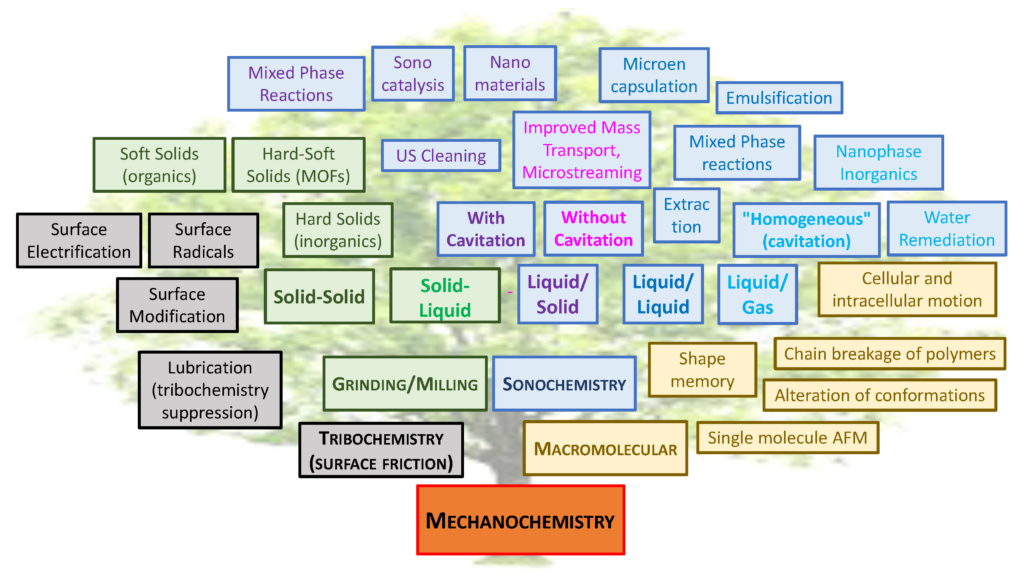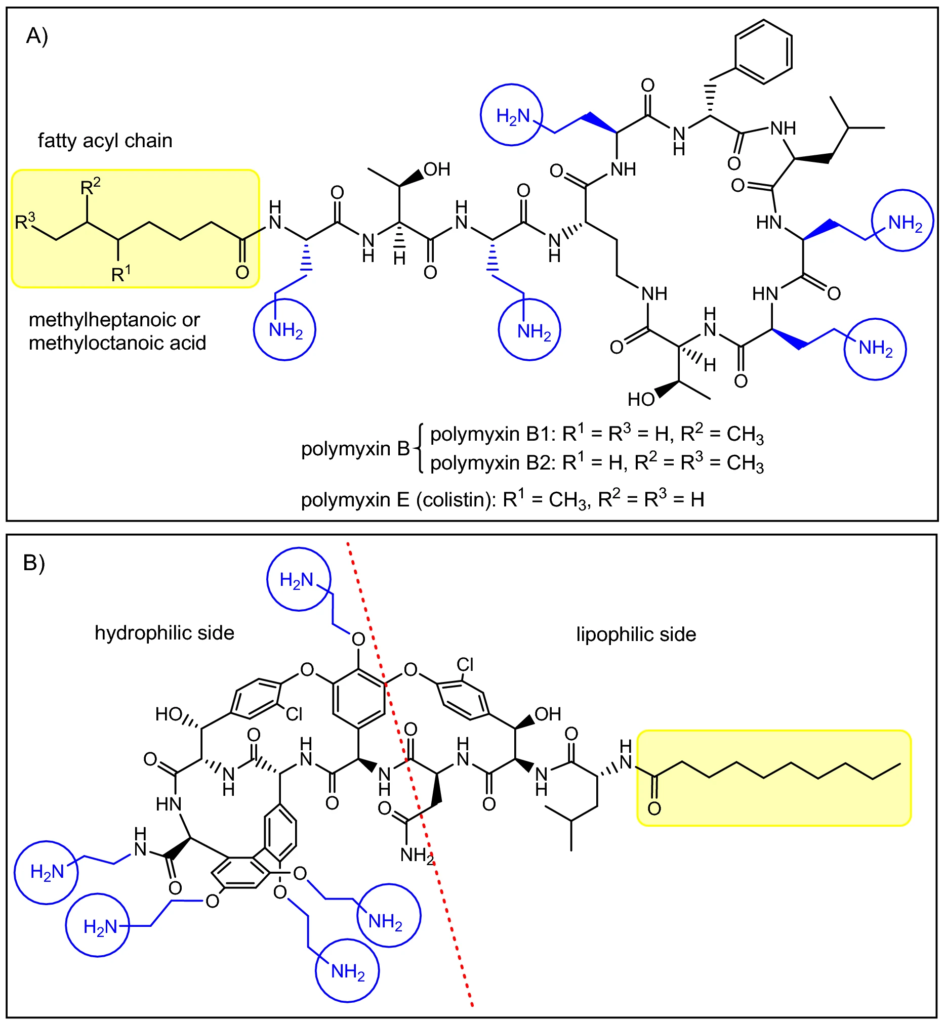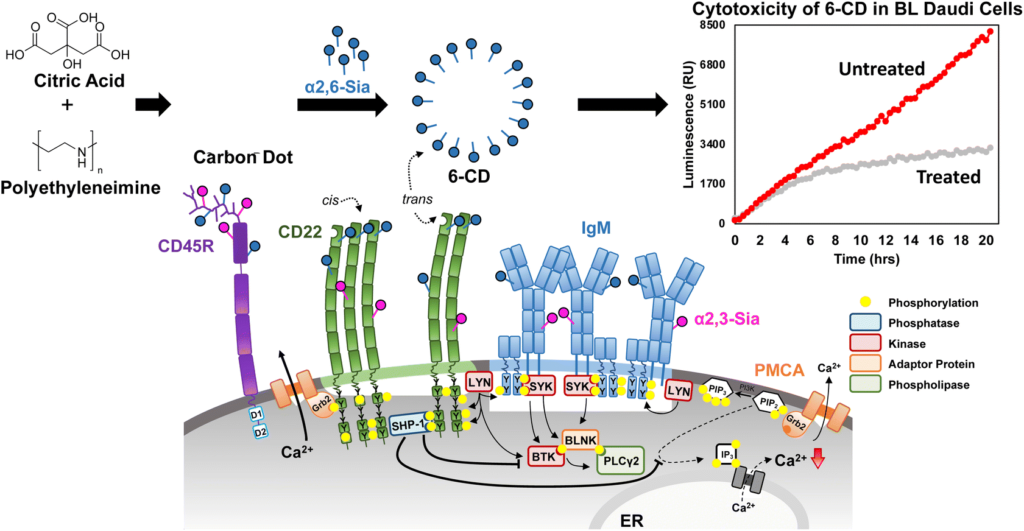Changes in the glycosylation process appear early in carcinogenesis and evolve with the growth and spread of cancer. The correlation of the characteristic glycosylation signature with the tumor stage and the appropriate therapy choice is important in translational medicine. Oncologists also pay attention to extracellular vesicles as reservoirs of new cancer glycomarkers that can be potent for cancer diagnosis/prognosis. In this review, Karolina Grzesik, Marcelina Janik, Dorota Hoja-Łukowicz from Jagiellonian University collect glycomarkers used in oncology and show their new glycoforms of improved clinical relevance, summarize current knowledge on the biological functions of glycoepitopes in cancer-derived extracellular vesicles and their potential use in clinical practice. Is glycomics a future of cancer diagnosis? It may be but in combination with other omics analyses than alone.
See the full review here: The hidden potential of glycomarkers: Glycosylation studies in the service of cancer diagnosis and treatment










